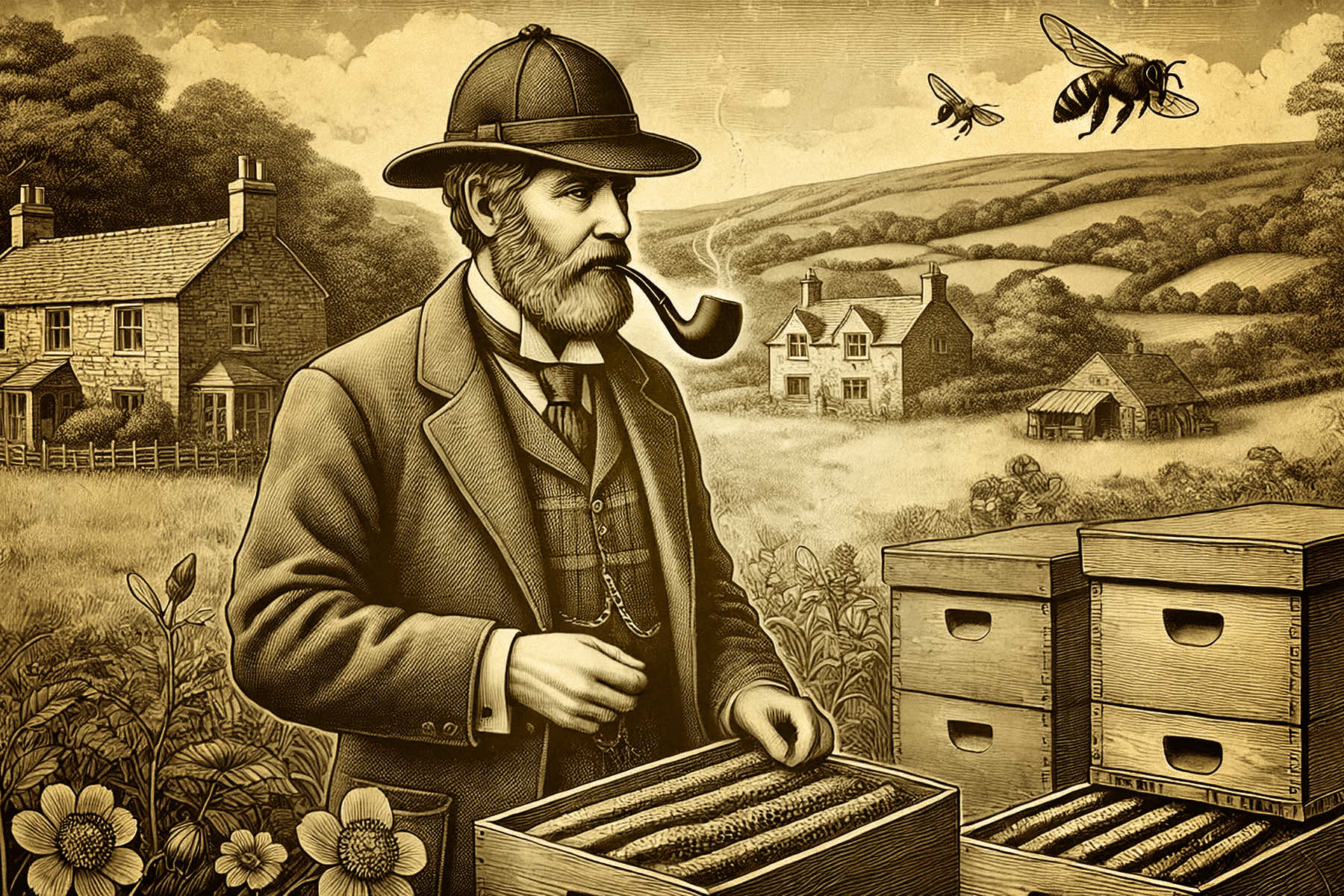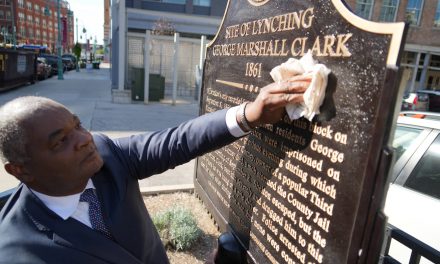
Few fictional characters have captured and endured for so long in the public’s imagination as Sherlock Holmes, the brilliant English detective created by Sir Arthur Conan Doyle. Presumed to have died in the 1893 story “The Final Problem,” Holmes would live on and appear in subsequent stories until retiring to literary obscurity as a beekeeper.
The fictional Holmes resided at 221B Baker Street, London, where he solved complex cases with the assistance of his loyal friend, Dr. John Watson. His arch-nemesis was Professor Moriarty, a criminal mastermind. Holmes was featured in four novels and fifty-six short stories, and became a cultural icon that inspired countless adaptations in literature, film, and television.
From his first appearance in “A Study in Scarlet” in 1887, Holmes solved some of the most perplexing mysteries with his unparalleled powers of observation and deduction. However, Conan Doyle eventually decided to retire his famous character, not with a dramatic final case, but by transporting him to the English countryside as an apiarist.
Conan Doyle’s decision to retire Sherlock Holmes in such an unconventional manner surprised and intrigued many of his readers. After years of intense adventures and intellectual duels, Holmes’s transition to beekeeping seemed a dramatic shift. However, the choice reflected both Conan Doyle’s creative vision and his desire to explore new literary avenues.
In “His Last Bow,” published in 1917, Conan Doyle officially retired Holmes. The story, set on the eve of World War I, featured an older Holmes coming out of retirement to serve his country as a spy. Despite the high stakes of the narrative, it was clear that the days of detective work for Holmes were numbered.
Conan Doyle wanted to ensure his detective could bow out on a high note, showcasing his enduring skills one last time before settling into a quieter life.
“But you have retired, Holmes. We heard of you as living the life of a hermit among your bees and your books in a small farm upon the South Downs.”
“Exactly, Watson. Here is the fruit of my leisured ease, the magnum opus of my latter years!” He picked up the volume from the table and read out the whole title, ‘Practical Handbook of Bee Culture,’ with Some Observations upon the Segregation of the Queen.
“Alone I did it. Behold the fruit of pensive nights and laborious days when I watched the little working gangs as once I watched the criminal world of London.” – His Last Bow, An Epilogue of Sherlock Holmes
Beekeeping might seem an odd choice for someone with Holmes’s background, but it fit remarkably well with his character. Holmes’s intense focus and analytical mind could easily find a new challenge in the meticulous care and study of bees. In addition, beekeeping allowed Holmes to remain connected to nature and continue engaging in the kind of detailed observation he excelled at as a detective.
In “The Adventure of the Lion’s Mane,” published in 1926, Conan Doyle offered readers a glimpse into Holmes’s post-detective life. Set in Sussex, this story showed Holmes living in a small cottage, tending to his bees, and finding peace in his rural retreat. While the narrative eventually pulled him back into a mystery, it was clear that Holmes felt content with his new, quieter existence.
Conan Doyle’s decision to retire Holmes as a beekeeper was also influenced by his own interests and experiences. The British writer and physician was an advocate of various social causes and a man of diverse interests, ranging from spiritualism to sports. His fascination with the natural world, particularly the burgeoning field of entomology, likely inspired the new vocation for Holmes.
Beekeeping was seen as a noble and intellectual pursuit during Conan Doyle’s time. It required patience, precision, and a deep understanding of the natural world — all qualities that Holmes possessed in abundance. By choosing beekeeping, Conan Doyle gave his detective a fitting and respectful retirement, one that allowed Holmes to continue using his skills in a new and fulfilling way.
The reaction to Holmes’s retirement and subsequent beekeeping was mixed among fans. Some readers were disappointed, longing for more adventures featuring the legendary detective. Others appreciated the poetic nature of Holmes’s retirement, seeing it as a fitting end to his storied career.
Literary critics have noted that Holmes’s beekeeping represented a symbolic retreat from the chaos and crime of the city to the tranquility and order of the countryside. It marked a shift from the public sphere to the private, reflecting broader societal changes in the early 20th century. In a world increasingly marked by industrialization and urbanization, Holmes’s return to nature resonated with contemporary readers.
Despite his retirement, the legacy of Sherlock Holmes has endured for decades. The character has been adapted into the storytelling platform of each generation, with subsequent interpretations bringing their own twist to the detective’s persona.
The image of Holmes as a beekeeper has also left a lasting impression, adding depth to his character as other writers expand the “Sherlock Homes Universe.” Modern adaptations often reference his beekeeping phase. One example was the H. F. Heard book “A Taste for Honey” which built on Conan Doyle’s work.
That 1941 mystery novel saw a retired Sherlock Holmes living under the alias “Mr. Mycroft” in the English countryside, where he dedicated his time to beekeeping. The tranquility of his retirement was disrupted when a local beekeeper approached him for help after a neighbor mysteriously died from a bee sting.
But the idea that concluded Conan Doyle’s writing, of a great mind finding solace in nature, continues to captivate readers. While fictional, the retirement of Sherlock Holmes serves as a reminder that even the most brilliant individuals need a peaceful retreat.
DALL•E (AI) and Everett Collection (via Shutterstock)















